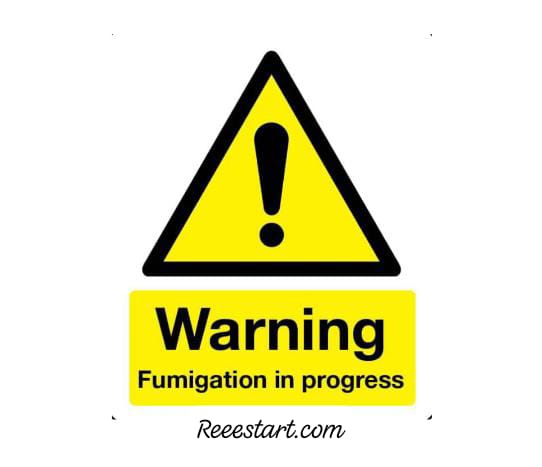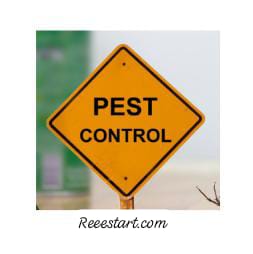Pests are a common issue in residential buildings and can significantly impact residents’ comfort and health, Effective Pest Control plan for Residential Buildings requires a systematic and comprehensive approach to ensure that problems are eradicated and prevented from recurring, This article outlines a pest control plan for a residential building through an annual contract involving 12 visits to common areas.
Comprehensive Pest Control Plan for Residential Buildings
A well-structured Pest Control Plan for Residential Buildings is an essential to maintain a healthy and comfortable living environment in residential buildings, This plan outlines strategies to prevent and manage common pests, ensuring the safety and well-being of residents.
Importance of Pest Control
Here, we going to focus on the importance of Pest Control:
Protecting Public Health
Pests like mosquitoes, flies, and cockroaches can transmit diseases such as malaria, dengue fever, and typhoid. Effective pest control reduces the risk of these diseases, contributing to the overall health of residents.
Enhancing Quality of Life
Pests can significantly affect the quality of life in a residential building. The nuisance caused by noisy insects and itching can lead to resident stress, An effective plan helps minimize these issues and improve resident comfort.
Protecting Property
Certain pests, such as termites, can cause considerable damage to buildings and furniture. A comprehensive pest control plan safeguards property from mechanical damage caused by these insects.
Pest Control Plan
Annual Contract with 12 Visits:
Initial Assessment
The first step in creating a pest control plan is conducting an initial assessment of the building. This involves a thorough inspection of common areas to identify the types of pests present and their extent. This assessment is carried out by a specialized pest control team.

Areas requiring thorough inspection
- Damp areas such as basements and bathrooms.
- Food storage areas like kitchens.
- Potential entry points for pests such as windows and doors.
- Developing a Customized Treatment Plan.
Based on the initial assessment, a customized treatment plan is developed, including appropriate methods for each type of pest identified. This includes:
- Choosing Pesticides, Selecting suitable pesticides for each pest type to ensure effectiveness and safety.
- Treatment Techniques, Such as pesticide application, baiting, or sealing gaps and cracks.
Scheduling Visits
The plan includes 12 visits per year to common areas, These visits are spaced throughout the year to ensure continuous effective treatment:
- Initial Visit, After the initial assessment, the first treatment is applied.
- Subsequent Visits, These visits monitor the situation and apply preventive or remedial treatments as needed.
- Implementing Preventive Strategies, The pest control plan also includes preventive strategies to avoid future pest infestations.

Sanitation Measures
Maintaining cleanliness in common and private areas to reduce pest attraction.
- Repairing Cracks and Gaps
Sealing gaps and cracks that may serve as entry points for pests.
- Waste Management
Ensuring regular and proper disposal of waste.
- Education and Awareness
Education and awareness are crucial components of an effective pest control plan, Residents should understand how to interact with preventive measures and handle signs of pest activity, Awareness includes:
- Resident Training
Proper use of pest control products.
- Providing Information
Best practices for maintaining a pest-free environment.
- Monitoring and Evaluating Results
Regular monitoring of the plan’s effectiveness is essential, This involves gathering feedback from residents, tracking treatment efficacy, and making necessary adjustments to the plan based on the outcomes.
Challenges and Solutions
- Pesticide Resistance, Pesticide resistance is one of the major challenges in pest control. To overcome this:
- Diversify Pesticides, Use a variety of pesticides to reduce the chance of resistance development.
- Integrated Approach, Combine biological and physical methods with chemical treatments.
- Cleaning and Maintenance Issues, Inconsistent cleaning and maintenance can hinder pest control efforts. To address this:
- Strict Protocols, Establish clear cleanliness and maintenance standards.
- Collaboration, Work with building management to ensure adherence to these standards.
An annual pest control plan with 12 visits is an effective strategy for maintaining continuous pest control in a residential building. By assessing the initial situation, developing a customized treatment plan, and implementing preventive measures, positive results can be achieved. The commitment of all parties to cooperation and awareness is key to the success of this plan and ensuring a pest-free living environment.
These plans contribute to improved quality of life, public health protection, and property preservation. Ultimately, pest protection is an integral part of maintaining a comfortable and safe residential environment.




